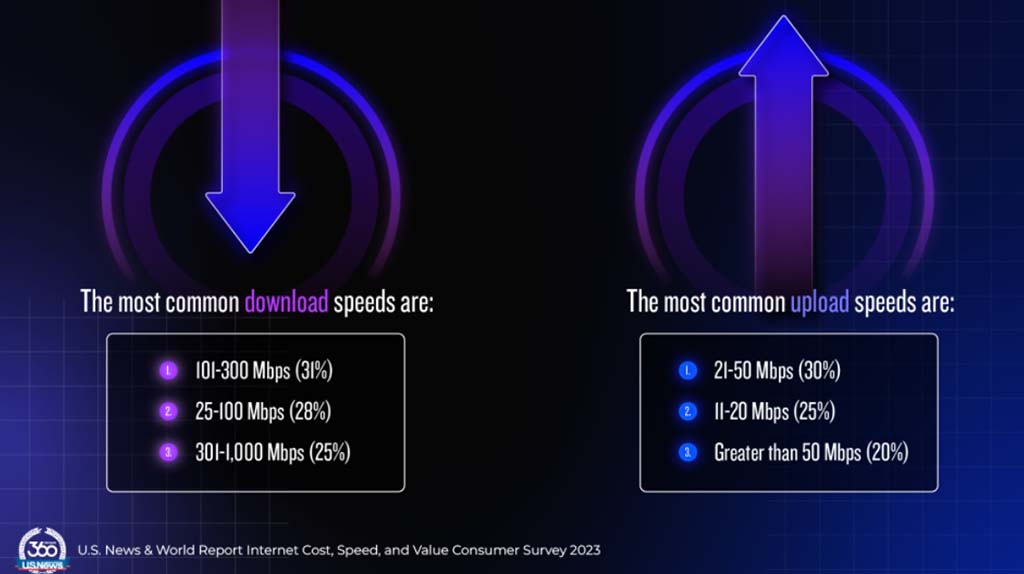Survey: Inflation Deals a Blow to Broadband Affordability
One-third of ‘U.S. News’ poll respondents have to make cuts elsewhere to keep connected

More than a third of Americans surveyed by U.S. News and World Report last month said they had had to cut personal expenses to be able to pay their cable bill due to inflation’s hit on their pocketbooks.
One-third also said they were paying for download speeds of 100 Megabits per second or less, with 8% saying they had speeds less than 25 Mbps, which does not meet the Federal Communications Commission’s definition of high-speed that is table stakes for broadband access.

The survey of more than 3,500 respondents also found that almost half of those who paid $20 to $60 per month when they signed up for broadband were now paying $41 to $80 for service.
The survey found that a majority (56%) had service of either 101-300 Mbps (31%) or 301-1,000 Mbps (25%), with another 28% getting 25-100 Mbps. The FCC’s current high-speed definition is 25 Mbps downstream and upstream, though there is a push to increase that to 100 Mbps or greater.
Another takeaway was that almost half of respondents said they would be willing to pay up to $10 per month more for “reliably fast high-speed internet.”
The bottom line, according to U.S. News: “Our findings show most U.S. households are now paying more for service that is in many cases way too sluggish — and quite a few of those families are struggling to keep up with the escalating costs to stay connected.”
The top five ISPs to which the respondents subscribed were (1) Xfinity (Comcast), (2) Spectrum, (3) AT&T, (4) Verizon Communications and (5) T-Mobile.
The smarter way to stay on top of the multichannel video marketplace. Sign up below.
The survey used the Pollfish platform to survey 3,510 adults 18-plus from all 50 states (at least 50 people from each state) “who pay for internet service for their home residence.”
The margin of error was plus or minus 2 percentage points.
Contributing editor John Eggerton has been an editor and/or writer on media regulation, legislation and policy for over four decades, including covering the FCC, FTC, Congress, the major media trade associations, and the federal courts. In addition to Multichannel News and Broadcasting + Cable, his work has appeared in Radio World, TV Technology, TV Fax, This Week in Consumer Electronics, Variety and the Encyclopedia Britannica.

